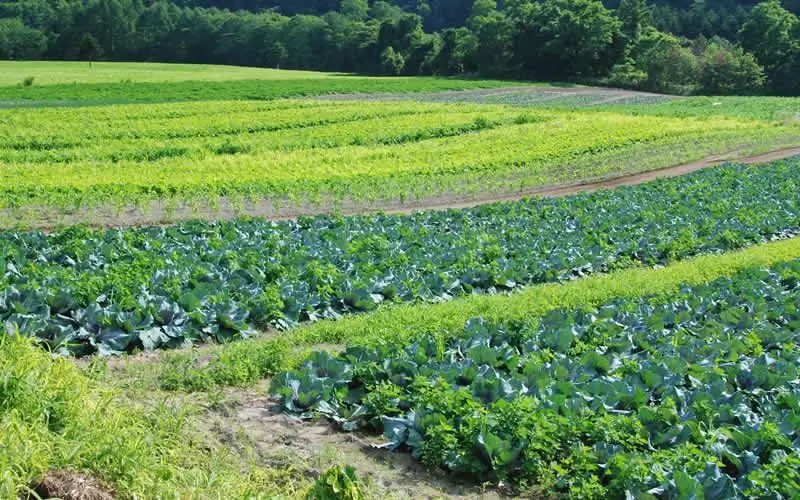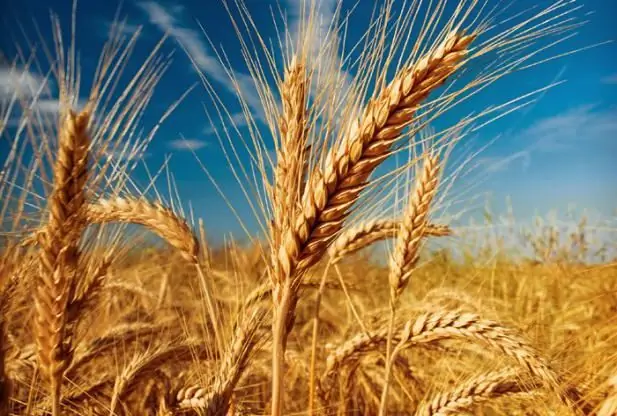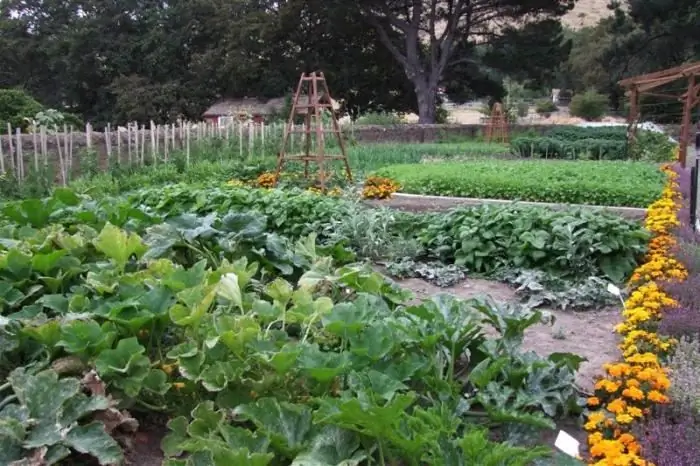2025 Author: Howard Calhoun | [email protected]. Last modified: 2025-01-24 13:10:47
The rapid development of agricultural technology has allowed people to improve crop rotation and move from two-field to three-field cultivation.
What is a three-field?

Three-fields is the alternation of two types of crops and fallow in time and territory or only in time. For example, fallow, wheat and potato crops can be replaced.
On the territory of Russia since the days of feudalism, the three-field system is a crop rotation system, which usually consisted of a plowed but unsown field, winter crops (wheat) and spring crops (oats or millet). In other words, this technology had only a grain direction (mainly bread and cereal crops).
History of occurrence

Even in the period of antiquity, due to a rather simple principle, a two-field system of tillage prevailed in many countries. As a rule, people divided the unplowed field into two parts. The first was sown with agricultural crops, and the other part was left as fallow. A year later, everything was done the other way around. They plowed and sowed the second part, and left the first untouched.
Only in XI-XIIIcentury, the two-field system was recognized as economically unprofitable. And then a new crop rotation appeared. In those days, the three-field system was something like a modification, an improved version of the usual two-field system, which was recognized in many countries, including Europe.
Advantages and disadvantages of the three-field crop rotation system
It is worth considering in detail the features of this technology.
| Benefits | Flaws |
| Treatment of large fields is carried out using the same agricultural machinery as in the two-field system. | Compared to, for example, a multi-field, three-field system is economically disadvantageous, since the annual number of crops grown is small. |
|
Part of the harvest can be saved even during a natural disaster, as different types of crops need to be sown at different times of the year. |
|
| Based on the previous benefit, field work is spread over the entire year, not just at set times. | |
| Due to the increase in arable land, it is possible to grow various crops and even change the assortment from year to year. |
Compared to the two-field system, the three-field system is what gave people an annual increase in crop yields. This is justified by the fact that the field is already divided not into half, but into threeparts, two of which are completely planted.
Recommended:
What is crop rotation and why is it needed?

To get a bountiful harvest and protect the land from diseases and pests, it is important to know the basic rules for handling the soil, including what crop rotation is in the field and in garden beds. The best rest for the soil is a change of crops
Crop production - what kind of activity is this? Branches and areas of crop production

More than two-thirds of the products consumed by the population of the planet are provided by the leading branch of agriculture - crop production. This is the fundamental basis of world agricultural production. Consider its structure and talk about the achievements and development prospects of this world economy
Crop rotation in the garden. What then can be planted in the garden

Growing vegetables and herbs in your garden for many today is both a useful and a favorite pastime. Of course, it is very important to get a good harvest from your site. The best result is achieved when the crop rotation in the garden is properly adjusted
Crop rotation of vegetable crops is the basis for increasing their yield

For a long time, many farmers could not understand the reasons why the yield of an agricultural crop decreases when it is grown in the same place for several years. The first harvest, even under unfavorable conditions, always turned out to be larger than the subsequent ones, although the agricultural technique of cultivation remained at the same level, and often even improved - organic fertilizers were applied, the soil became more fertile
Crop rotation at their summer cottage: basic rules

To avoid low fruiting of vegetables, many experienced farmers resort to such a method in summer cottages as crop rotation. The successful implementation of this principle requires a thoughtful approach and organization, which involves the development of some methods of planting plants and drawing up a plan. Information about this will be discussed in our article

